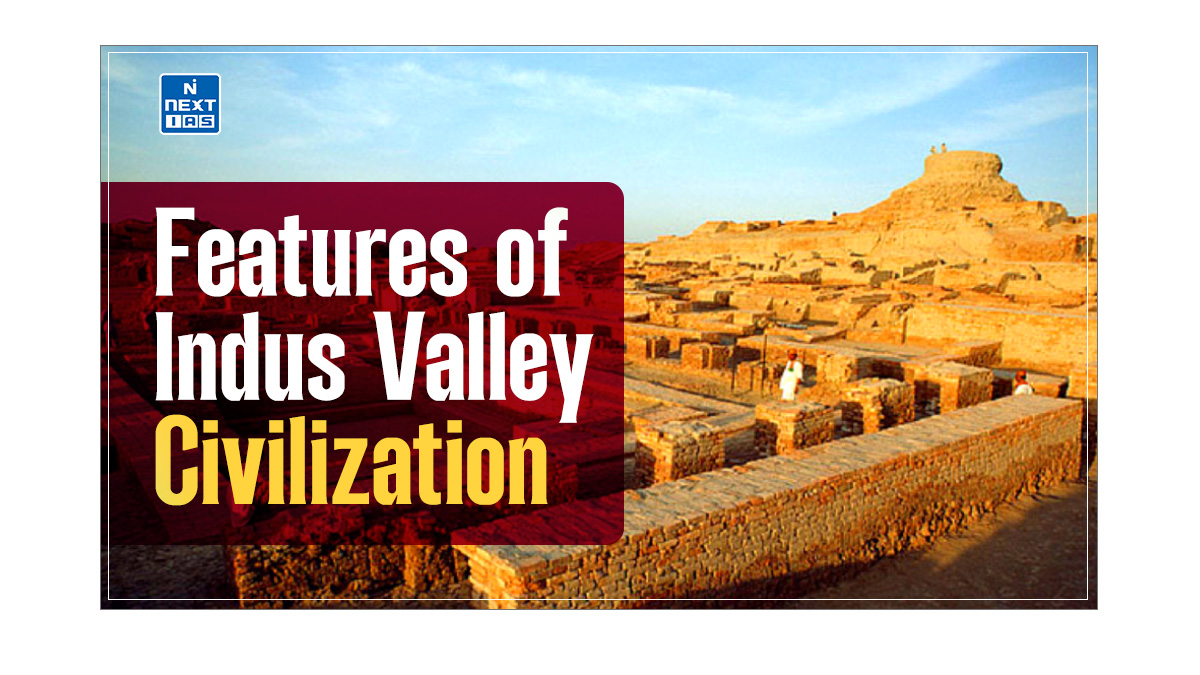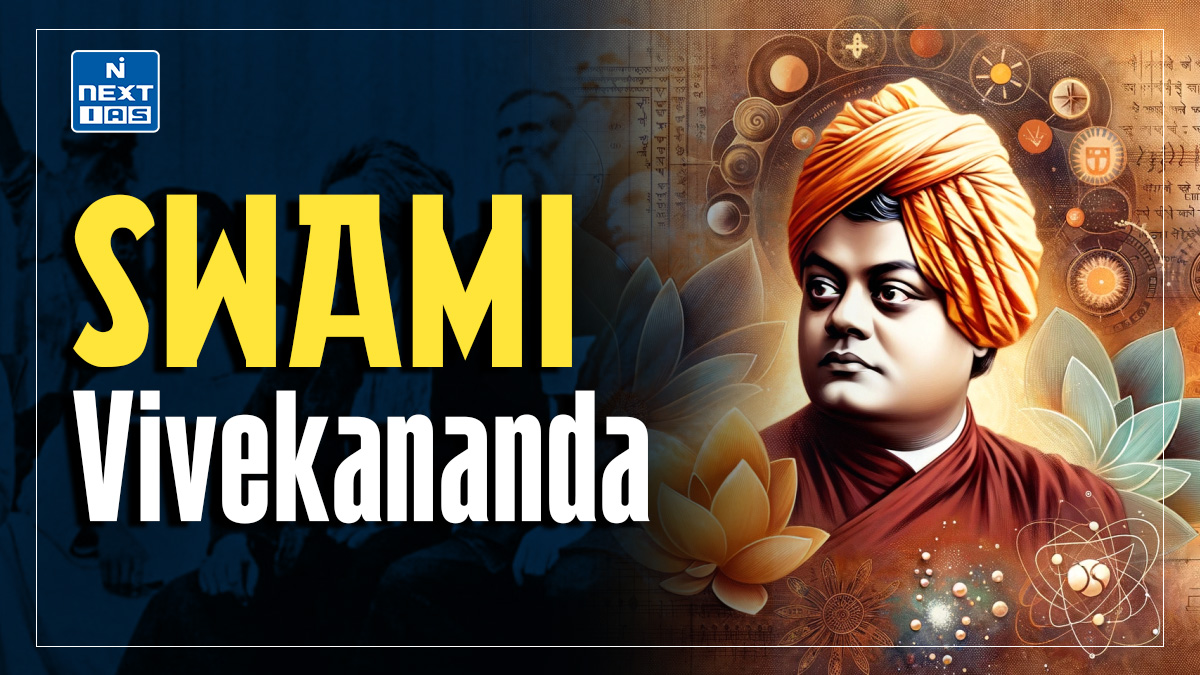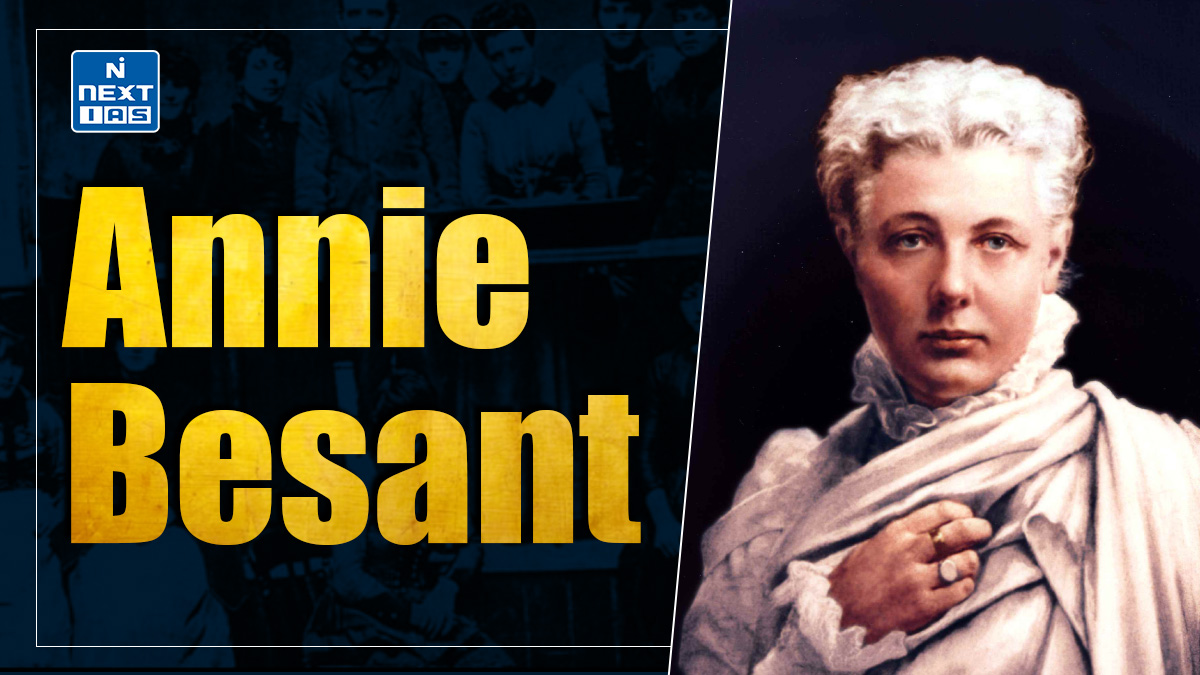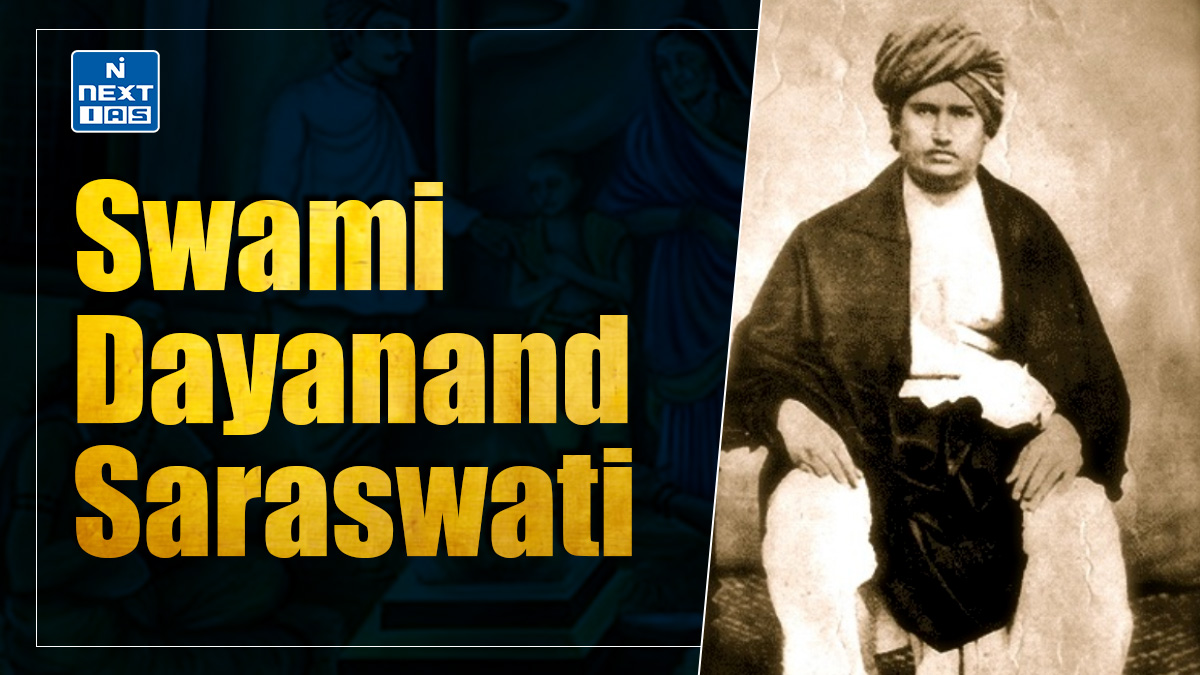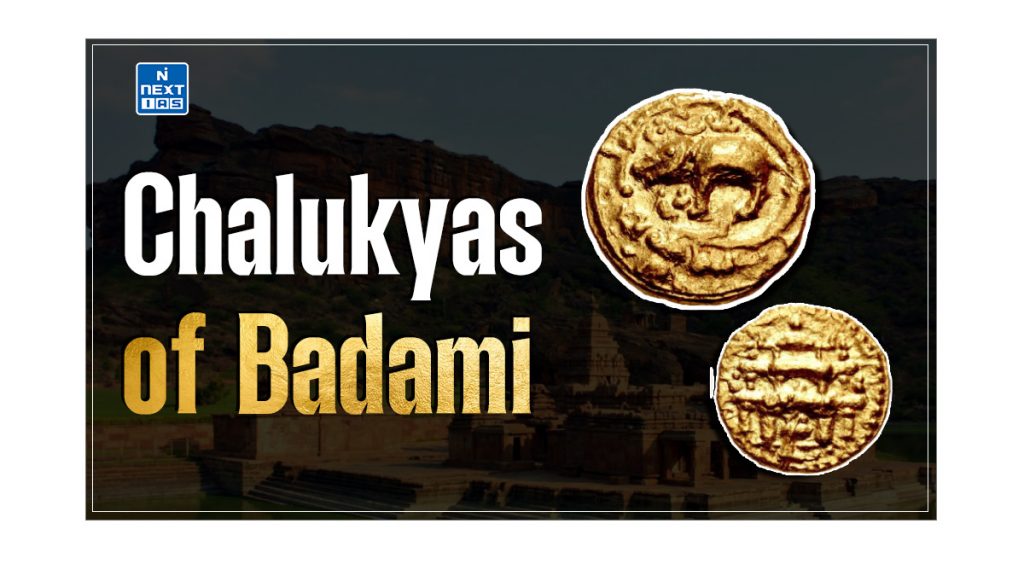
The Chalukyas of Badami (543 AD—755 AD) were a dominant power in the Deccan from the 6th to 8th centuries AD, marking a significant period in Indian history. Originating in modern-day Karnataka, the Chalukyas established a vast empire that played a crucial role in shaping the political, cultural, and architectural landscape of South India. This article aims to study in detail the key rulers, administration, cultural achievements, and historical significance of the Chalukyas of Badami.
About Chalukyas of Badami
- The Chalukyas of Badami were a dominant power in the Deccan from the sixth century AD to the eighth century AD.
- The Chalukyas who ruled from Badami were the Western Chalukyas. The first independent king of this dynasty was Pulakesin I, who ruled Badami (in Bijapur).
- The Chalukya’s rule has also been important in the history of India for its cultural contributions. The Royal Emblem of Chalukyas of Badami was “Varaha”.
Important Rulers of Chalukyas Dynasty
The important rulers of Chalukyas of Badami are as follows:

Pulakesin I (543 AD- 566 AD)
- Pulakesin I was the first independent King and the real founder of the Chalukya dynasty.
- He established a small kingdom with Vatapi or modern Badami as its capital in the Bijapur district of Karnataka in 543 AD.
- Pulakesin I overthrew the Kadambas to establish the Chalukya kingdom.
- According to the Badami cliff inscription, Pulakesin I performed all the 5 yajnas which makes a king paramount.
- The five yajnas are Hiranyagarbha, Agnistoma, Vajapeya, Bahusuvarna and Paundarika.
- He also performed the Ashvamedha yajna, which was used by ancient Indian kings to prove their imperial sovereignty.
- He had the titles Satyashraya, Vallabha and Dharmamaharaja. The meaning of name Pulkesin is “Hair of Lion”.
Kirtivarman I (566 AD – 597 AD)
- Kirtivarman I succeeded Pulakesin I as the ruler of the Chalukya Dynasty.
- Kirtivarman I consolidated the newly founded Chalukya Kingdom and completed the subjugation of the Kadambas, and thus secured the extension of the Chalukya Kingdom.
- He also annexed Goa, which was known as Revatidwipa.
Pulakesin II (608 AD – 642 AD)
- Pulakesin II was considered as the greatest of all the Badami Chalukya Kings.
- His achievements are known to us through his Aihole inscription. The inscription was written in ‘Sanskrit’ by his court poet Ravi Kirti.
- Pulakesin II had to fight against his uncle Mangalesha to capture power. The reign was not a bed of roses for him as various parts of Chalukyas assumed independence at that time.
- However, the internal rebellion and the frequent invasion by rebel feudatory Appayika and Govinda were eventually subdued.
- He established his suzerainty over the Kadambas of Banavasi and the Gangas of Mysore.
- Durvinita, the Ganga ruler accepted his overlordship and even gave his daughter in marriage to Pulakesin II.
- Notably, Pulakesin II defeated Harshavardhana on the banks of the river Narmada.
- In his first expedition against the Pallavas, Pulakesin II defeated them.
- However, in the second expedition, Pulakesin II suffered a humiliating defeat at the hands of Narasimhavarman I near Kanchi.
- Narasimhavarman I drove back the Chalukyan army, killed Pulakesin II and captured Chalukya’s capital Badami.
- Hiuen Tsang, a Chinese traveler, visited the Chalukya Kingdom during the reign of Pulakesin II.
Vikramaditya I (655 AD – 680 AD)
- Vikramaditya I succeeded in restoring the power of Chalukyas by regaining of the territory lost to the Pallavas.
- He consolidated the Chalukya kingdom by plundering Kanchipuram, the Pallava capital.
- Vikramaditya continued his enmity with Narasimhavarman’s son and successor Mahendravarman II, and later with his son Paramesvaravarman I.

Kirtivarman II (746 AD – 753 AD)
- Kirtivarman II was the last Chalukya ruler. He was defeated by Dantidurga, the founder of the Rashtrakuta dynasty.
Polity of Chalukyas of Badami

- The Badami Chalukyas had a hereditary monarchical form of government.
- The king was assisted by a Mantrimandali and a few high officials wherein the power structure was hierarchical.
- Theoretically, the king wielded unlimited power, though in practice, he was controlled by political needs of the Samantas, an army official, who wielded huge power.
- In circumstances when a minor ascended the throne, a regent looked after the administration.
- Sons of the king were provided necessary training in the art of warfare and peace. Generally, the eldest son was nominated as the Yuvaraja.
- The Chalukyas of Badami established an extensive empire in the Deccan.
- The Chalukyas of Badami produced many capable rulers both as administrators and military commanders who successfully fought against many strong rulers of both South India and North India.
- The rulers of the Chalukyas of Badami assumed high titles like Paramabhattaraka, Maharajadhiraja and Parameswara.
Administration of Chalukyas of Badami
The administration of Chalukyas of Badami is as follows:
- The central government of the Badami Chalukyas exercised a paternalistic control over the village administration which is unlike the normal administrative practice in South India.
- The Chalukyas of Badami adopted a monarchical form of government. The rulers generally assumed high-sounding titles like Paramabhattaraka, Maharajadhiraja and Parameswara.
- Though the King was supreme, the Chalukyas of Badami was effectively ruled in two parts, one ruled by the king directly and the other ruled by Samantas.
- The position of the Samantas also varied as the king exercised control over the Samantas through his representative stationed in the feudatory kingdom.
- The Chalukyas of Badami had a great maritime power. Pulakesin II had 100 ships in his navy.
- They also had a small standing army.
- For administrative convenience, the Chalukyas of Badami was divided into Maharashtrakas (provinces), and then into Rashtrakas (Mandala), Vishaya (district), Bhoga (group of 10 villages) and Grama (one Village).
- Vishayapati, Bhogapati and Gramabhogikas ruled the Rashtrakas, Vishaya and Bhoga respectively.
- The towns were under the control of Narapatis or Nagarapatis. In addition to imperial provinces, there were autonomous regions ruled by feudatories such as the Alupas, the Gangas, the Banas and the Sendrakas.
- According to epigraphs, the Amatyas looked after the revenue matters and there were three important military officers, namely Baladhikrita, Dandanayaka and Mahaprachanda Dandanayaka.
- Also, Groups of mahajanas (learned Brahmins) looked after agraharas (called ghatika or ‘the place of higher learning’) such as at Badami and Aihole.
- While 2000 mahajans served Badami, Aihole was served by 500 mahajanas.
Religion of Chalukyas of Badami
The religion of Chalukyas of Badami can be seen as follows:
- The reign of Badami Chalukya Kingdom was a period of religious harmony.
- The Badami Chalukyas professed faith in Brahmanical Hinduism by performing Vedic sacrifices and rituals, but gave due respect to other religions.
- As there was great emphasis on Vedic rites and rituals, Pulakesin I, the Chalukya founder performed the asvamedha sacrifice.
- Besides Vedic Dharma, Puranic Dharma also appeared to be the dominant religious ideology, which prompted the construction of a number of temples in the name of Vishnu, Shiva and other gods.
- The worship of Lajja Gauri, the fertility goddess, had been equally popular.
- Later, since the rule of Vikramaditya I, there was growing inclination
- towards Shaivism and sects like Pashupata, Kapalikas and Kalamukhas came into existence.
- The Chalukyas of Badami encouraged Jainism as it could be seen in one of the Badami cave temples and other Jain temples in the Aihole complex.
- Ravi Kirti, the court poet of Pulakesin II, who composed the Aihole inscription, was a Jain.
- However, Buddhism was on a decline in the western Deccan region. Badami, Aihole, Kurtukoti and Puligere (Laksmeshwara in Gadag district) had emerged as the primary places of learning.

Revenue of Chalukyas of Badami
The revenue administration of Chalukyas of Badami can be seen as follows:
- The Amatyas looked after revenue matters. Land revenue was the major source of revenue for the Chalukyas of Badami.
- The common man had to pay high taxes as the rulers imposed direct as well as indirect taxes. Besides the land tax, there were other sorts of taxes such as tax for pilgrimage and tax on prostitutes.
- Fine imposed by the courts also went to the government treasury.
- Forest and mining products were taxed, and tolls on transportation facilities generated supplementary income.
Economy of Chalukyas of Badami
The economy of Chalukyas of Badami can be seen as follows:
- Most of the people of Chalukya of Badami were dependent on agriculture.
- Rice and pulses were the staple foods whereas areca and betel were the chief cash crops.
- While cotton was produced in the dry areas, sugarcane was produced in areas having sufficient rainfall.
- The Badami Chalukyas had trade relations with many countries.
- India exported rare wood, silk, and precious and semi-precious stones during this period and imported silk from China, sandalwood from Malaya, ivory and emeralds from Africa and horses from Persia.
- The maritime trade also blossomed during the Chalukya rule.
Society of Chalukyas of Badami
The societal structure of Chalukyas of Badami can be seen as follows:
- The Caste system was prevalent and found in the Chalukya society. The government recognized prostitution.
- Sati seemed absent as widows like Vinayavathi and Vijayanka have been mentioned in texts.
- The system of Devadasi made an appearance wherein a girl is “dedicated” to worship and service of a deity or a temple for the rest of her life.
- Women enjoyed political power in administration.
- Queens Vijayanka, a noted Sanskrit poetess, Kumkumadevi, the younger sister of Vijayaditya, and Lokamahadevi, queen of Vikramaditya II who fought wars, were a few examples.
Literature of Chalukyas of Badami
The literature of Chalukyas of Badami can be seen as follows:
- The Badami Chalukya rule gave importance to both Sanskrit as well as Kannada literature.
- Epic narratives and poetry in Sanskrit were exceptionally popular in the period.
- Vijayanka or Vijaya Bhattarika, identified as the wife of Chandraditya, son of Pulakesin II was also a recognized Sanskrit scholar of those times.
- Pujyapada wrote a treatise on medicine entitled Kalyanakaraka in Sanskrit.
- Two eminent scholars of reputation, Shyama Kunda Charya and Srivardhadeva also flourished during the reign of the Chalukyas of Badami.
- Srivardhadeva also called as Tumburacharya wrote a commentary on Tattvardha Mahasastra with the title of Cudamani.
- In the Badami Chalukya reign, there were no major Kannada literary works. The literary work Karnateshwara Katha, quoted later by Jayakirti, belonged to the period of Pulakesin II with the king himself as the hero.
- The Aihole inscription of Pulakesin II, written by court poet Ravi Kirti in old Kannada script and Sanskrit language is an excellent piece of poetry.
Art and Architecture of Chalukyas of Badami
The art and architecture of Chalukyas of Badami can be seen as follows:
- The Chalukyas of Badami contributed significantly towards the development of art and architecture.
- The Chalukyas of Badami are credited for constructing beautifully carved caves, free-standing temples and sculptures during their rule.
- The Chalukyas of Badami developed the Vesara style in the building of structural temples.
- However, the Vesara style reached its culmination only under the Rashtrakutas and the Hoysalas.
- The Chalukyas of Badami may be divided into two stages. The first stage is represented by the temples at Aihole and Badami.
- Among the seventy temples located in Aihole, four deserves special mention.
- Lad Khan Temple: A low, flat-roofed structure consisting of a pillared hall.

- Durga temple: An attempt to integrate a Buddhist Chaitya into a Brahmanical temple.

- Huchimalligudi Temple: Similar to Durga temple, but smaller than it.

- The Jain Temple at Meguti: Shows some progress in the execution of structural temples, but it is unfinished.

- Among other temples at Badami, the Muktheeswarar temple and the Melagutti Sivalaya are notable for their architectural beauty.
- Also, a group of four rock-cut temples at Badami are appreciated for high workmanship. The walls and pillared halls are adorned by beautiful images of gods and human beings.
- The second stage is represented by the temples at Pattadakal. Out of ten temples at Pattadakal, four are in the northern style and the remaining six in the Dravidian style.
- The Papanatha temple is the most remarkable in the northern style. The Sangameshvara temple and the Virupaksha temple are famous for their Dravidian style.
- The most notable example of the southern style is the Virupaksha temple built by one of the queens of Vikramaditya II. Sculptors brought from Kanchipuram were employed in its construction.


- While Badami, Aihole and Pattadakal were the major centres of artistic excellence, minor centres like Lakkundi cave temples, one each for the Buddhists, the Jains and the Hindus, were built at Aihole. Similar rock-cut caves are also found at Badami.
- Groups of four pillared rock art halls of the same type are found at Badami, of which three are Hindu caves and one for Jains.
- Each cave comprised a pillared verandah, a columned hall and a small square cellar cut deep into the rock.
- Of the three Hindu caves, one is a Vaishnava cave belonging to 578 AD. The cave contains fine reliefs of Vishnu seated, and of Anantapadmanabha and Narasimha. Both of them are located in the verandah.
- The majority of structures were built for the Hindu deities, while a few are also built for the Jain and the Buddhist worshippers.
- The best specimens of Chalukya paintings can be seen in the Badami cave temple and in the Ajanta caves.
- At Ajanta, one of the paintings depicts the reception given to a Persian embassy by Pulakesin II.
Importance of Chalukyas Dynasty
The importance of the Chalukyas Dynasty is as follows:
- The rise of the Chalukyas of Badami as a political power in the Deccan gave rise to manifold cultural expansions of Karnataka in India and neighboring countries.
- The rule of the Chalukyas of Badami was a landmark in the history of South India and a golden age for the development of art and architecture in the region.
- The political atmosphere in South India also shifted from smaller kingdoms to large empires with the rise of Badami Chalukyas.
Conclusion
The Chalukyas of Badami not only left an indelible mark on the political history of the Deccan but also fostered remarkable cultural and artistic achievements. The rule of Badami Chalukyas witnessed the rise of the Vesara style of temple architecture, with enduring masterpieces such as the temples of Aihole, Badami, and Pattadakal. The Chalukyas of Badami also maintained diplomatic relations and trade networks, strengthening the region’s economy and cultural influence. Their legacy, particularly in art, architecture, and governance, laid the foundation for future dynasties, leaving a lasting imprint on Indian history.
Chalukyas of Badami and Pallavas of Kanchipuram
- The Chalukyas of Badami and the Pallavas of Kanchipuram were two prominent South Indian dynasties that played a crucial role in shaping the region’s history and culture from the 6th to the 8th centuries CE.
- The Chalukyas of Badami, founded by Pulakeshin I, were known for their military prowess and architectural achievements, particularly their rock-cut temples and intricate sculptures in Badami and Aihole.
- In contrast, the Pallavas, under rulers like Narasimhavarman I, were famed for their contributions to temple architecture, exemplified by the magnificent Shore Temple in Mahabalipuram.
- Both Chalukyas of Badami and Pallavas of Kanchipuram engaged in significant military conflicts and cultural exchanges, influencing the political landscape and artistic developments of South India, while also laying the groundwork for future empires like the Chola and the Rashtrakuta dynasty.
Frequently Asked Questions (FAQs)
Who was the founder of Chalukya of Badami?
The Chalukyas of Badami were founded by Pulakeshin I in the 6th century CE.
Who destroyed the empire of Chalukyas of Badami?
The empire of the Chalukyas of Badami was significantly weakened and ultimately fell to the Rashtrakutas in the 8th century CE. The Rashtrakuta ruler Dhruva Dharavarsha defeated the Chalukyas, leading to their decline.

